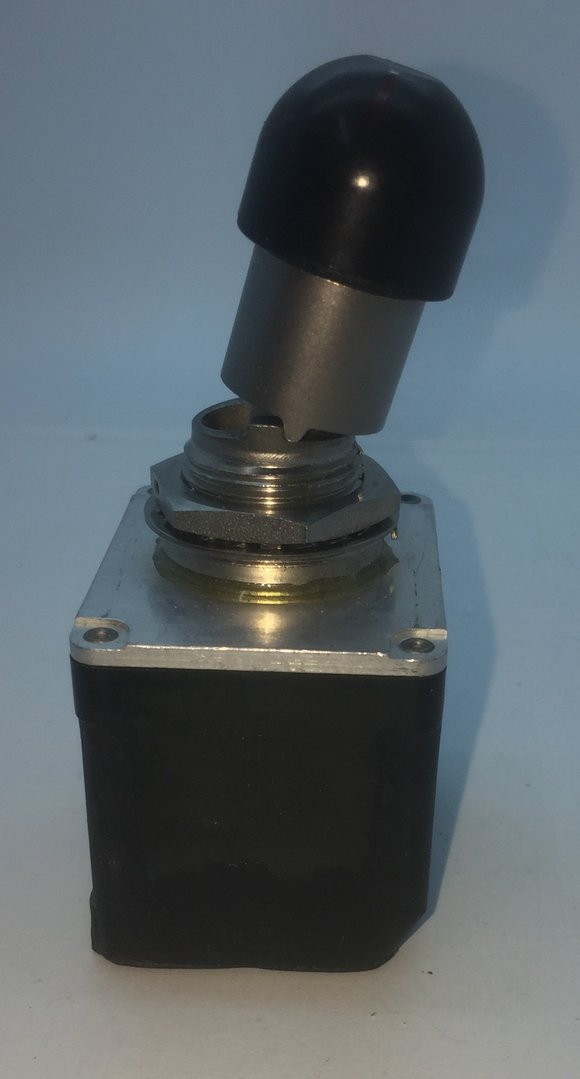Surely there is no situation where you would cut fuel to both engines on purpose at that stage of take off.
Even if the thing was on fire you would have to let it go and hope you maintained enough thrust and gained enough altitude to then be able to do something about it not purposely cut all your thrust at the most critical moment.
You wouldn't.
However there are multiple times a day when you would need to do it routinely, and several emergency situations where you would need to do it to an engine very quickly.
You can't "lock out" controls based on what might happen exceptionally rarely when you need to be able to activate/deactivate that control on a regular basis, or in an emergency reliably.
Every time you add another "safety" feature you have to balance the benefit of adding it, to the risk that it'll actually decrease safety by making it harder for a more common situation to be dealt with, and IIRC cutting the fuel to an engine due to fire or damage is much more common than someone potentially turning both off by mistake/on purpose during take off.
To give an idea of what would probably be required to lock it out during take off, you would need to have some sort of additional mechanically activated lock on the switches (so the pilots know immediately it's not letting them move the switch) or in software* that took an input from the altimeter or ground proximity radar to prevent the switches being turned off below a certain height, but also an override for that to allow the engines to be turned off when on the ground...
That's at least two more potential failure points, especially as problems with the altimeter and landing gear (you'd most likely have the "allow it to turn off below..." by using a sensor on the landing gear to check they were in contact with the ground), and that are more common affecting your ability to turn off the engine.
I'm fairly sure most pilots, and the emergency crew on the ground might not be happy with a safety system that has the potential to stop them quickly killing the engines and fuel pumps if they do a landing where the gear has failed and thus the "on ground" sensor is likely not reading correctly.
The system allowed the pilots to kill the fuel flow to both engines just after takeoff?
And by system i mean the two mechanical switches which seemingly work independent to any other confirmation be it either mechanical or software.
Seems like a massive system oversight, would it not be simple enough upon requesting fuel flow cutoff to the second engine for an additional confirmation to be required?
See above.
You can try and prevent mistakes/things happening, but you hit a point where you absolutely have to trust the pilots, and any additional system just creates more chances for something to go wrong in a more common scenario.
Would you prefer the pilots to not be able to kill an engine that is on fire** or after an emergency landing because they're not trusted to kill the fuel to it unless the sensors agree to it, or risk something that has so far only happened something like once - assuming it (and it's a big assumption until the full investigation is done) that the pilots turned off the fuel.
*Which now means the mechanical switches cannot be trusted and you've introduced a failure point that the pilots cannot easily check.
**Any fire onboard an aircraft is typically a bit of a nightmare scenario, you want it out immediately, or on the ground very fast.


